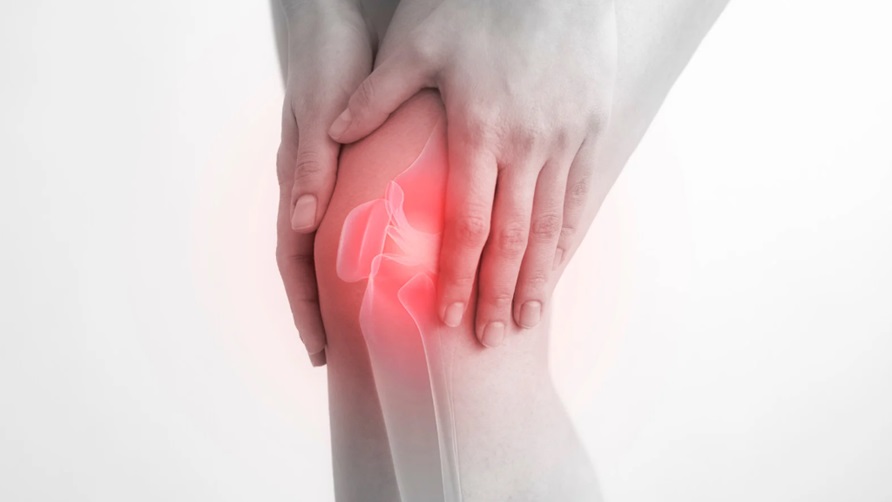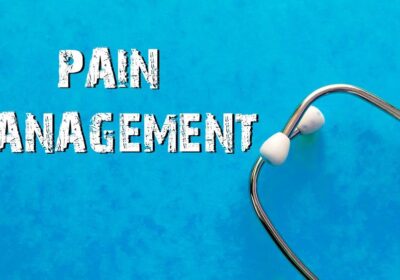
The Importance of Joint Pain Management in Preventing Joint Damage
Experiencing joint pain can be more than just an occasional inconvenience; it can be a precursor to long-term joint damage if left unaddressed. For those dealing with joint pain in Omaha, it is crucial to understand the importance of early management to maintain joint health and mobility. With the right approach, including access to local resources and expert care, residents can effectively manage their symptoms and prevent further joint deterioration.
Understanding the Causes of Joint Pain
Joint pain can stem from various factors, including injury, arthritis, and an individual’s daily habits. Certain bad habits can exacerbate joint pain, such as maintaining poor posture or neglecting to exercise regularly. Recognizing these contributing factors is the first step in implementing effective pain management strategies.
Read more: What to Know About Joint Pain
Effective Joint Pain Management Strategies
Effective management of joint pain often requires a multifaceted approach. Engaging in regular, low-impact exercises helps to strengthen the muscles around the joints, offering better support and reducing stress. Additionally, incorporating a balanced diet rich in anti-inflammatory foods can aid in reducing joint swelling and pain. Medical interventions, ranging from physical therapy to orthopedic consultations, should be considered based on the severity of the condition.
Seeking Professional Help
For many individuals, professional guidance is crucial in the management of joint pain. Visiting clinics that specialize in joint pain can provide valuable insights and treatments tailored to individual needs. With advancements in medical technology, various treatment plans can be customized to effectively address the root causes of pain and promote long-term joint health.
Conclusion
Effective management of joint pain is crucial in preventing joint damage and maintaining a vibrant, active lifestyle. By acknowledging the underlying causes and employing comprehensive management strategies, individuals can significantly alleviate pain while protecting their joints. Remember, timely intervention not only mitigates pain but also safeguards joint function for future wellness.
Frequently Asked Questions
1. What are common symptoms of joint pain?
Symptoms often include swelling, redness, warmth, tenderness, and reduced range of motion in the affected joint.
2. How can lifestyle changes impact joint health?
Incorporating regular exercise and maintaining a healthy diet can greatly improve joint health and reduce pain.
3. When should someone seek medical attention for joint pain?
If joint pain is persistent, worsening, or accompanied by swelling or redness, it is advisable to consult a healthcare professional.
4. Can joint pain be completely cured?
While joint pain can often be managed effectively, it may not always be completely curable, depending on the underlying cause. Conditions such as arthritis might require ongoing management rather than a permanent cure.
5. What types of exercises are recommended for people with joint pain?
Low-impact exercises such as swimming, cycling, and walking are typically recommended, as they help improve joint flexibility without putting too much strain on the joints.
6. Are over-the-counter medications effective for joint pain?
Over-the-counter medications, including nonsteroidal anti-inflammatory drugs (NSAIDs), can be effective in reducing joint pain and inflammation. However, it is important to use them as directed and consult a healthcare professional if the pain persists.

















